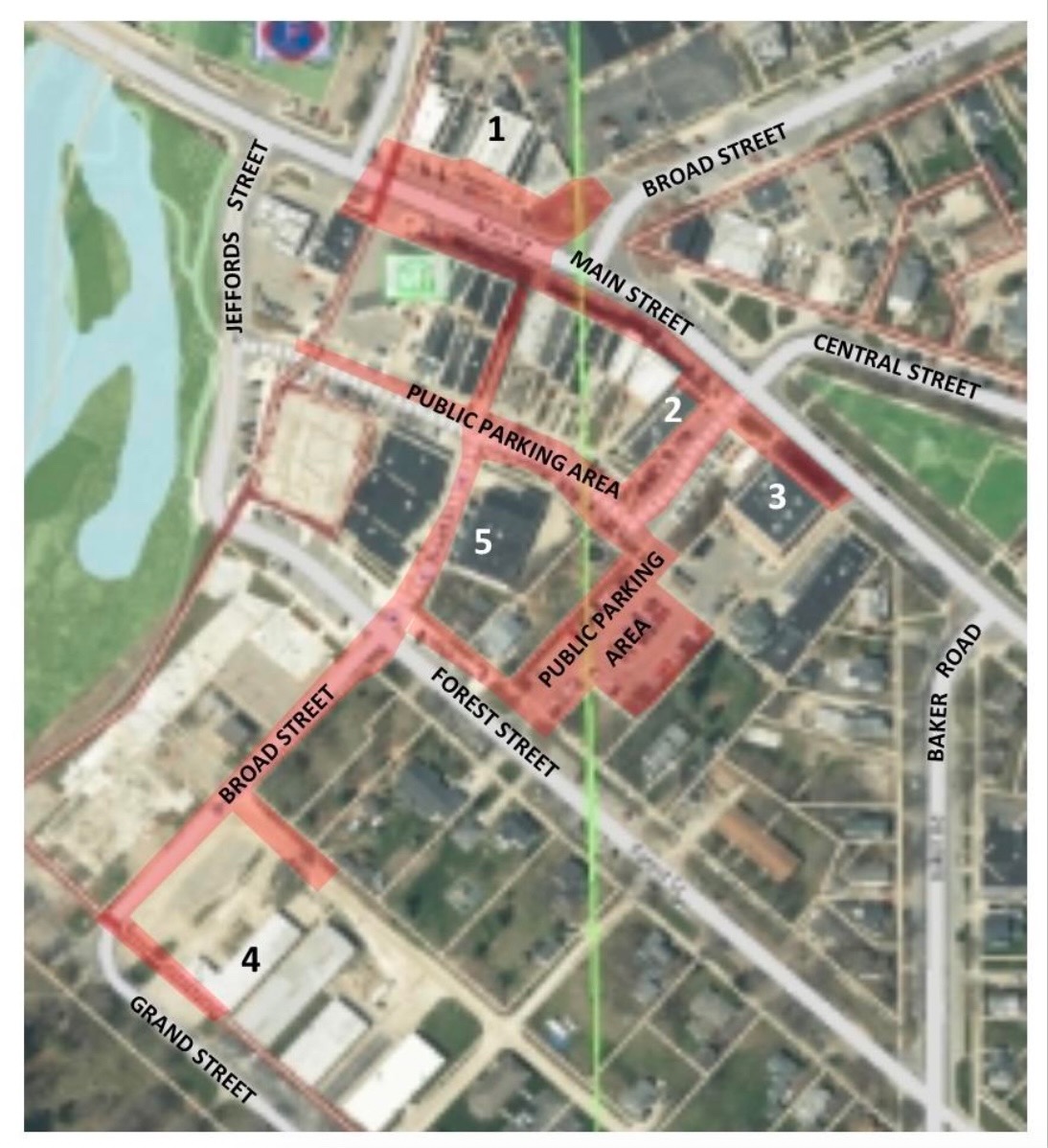An agreement for the next building phase of Saline Valley Farms went to the York Township Board before the developer can move forward with constructing more homes.
At their November meeting the York Township Board of Trustees reviewed and approved a development agreement for the next phase of Saline Valley Farms II. The Sun Times News (STN) followed up with township supervisor Chuck Tellas about this. This residential development is located at the southeast corner of Milkey and Maple roads.
The development agreement is about the process to be followed in the building of the next phase. The last phases of construction at the site are being planned out.
Giving some background on the site, Tellas said development on the property originated as a cooperative farm from 1932 to 1953, which had a large degree of self-sufficiency.
The history of the site is unique. Tellas pointed STN to the Ann Arbor District Library webpage in the direction of a story there from the August 1989 edition of the Ann Arbor Observer. An article by Grace Shackman titled, “An auto heir’s vision of the rural good life, it was a social success but a financial flop,” detailed the history of the property.
Shackman’s article begins:
Three miles south of Saline, on Milkey Road, a series of boarded-up houses and deserted farm buildings mark the site that from 1932 to 1953 was Saline Valley Farms. “No Trespassing” signs on trees and fences bar visitors from what was once a busy cooperative farm.”
Saline Valley Farms was the brainchild of Harold Gray, “a rich man with rich ideas,” according to former resident Ruth Hagen. Gray’s grandfather was a practical lawyer who made a fortune as the first president of Ford Motor Company. Harold, on the other hand, was a pacifist and economic dreamer who decided to use his large inheritance to try an alternative method of farming. In interviews at the time, Gray said his idea was to show that by combining agriculture with on-site canning and marketing activities, “a group of people living on the land and working in close cooperation could achieve a standard of living and a degree of security above that of the average farm family.”
The article details how over time the farm ceased operations.
One excerpt from Shackman’s article says, “One by one, crops had proved to be uneconomical and were discontinued. Canning stopped during World War II when rationing made it impossible to guarantee orders. The farm became a shadow of its former self, and in 1953 he decided to stop the whole operation.”
“In 1969,” according to Shackman, “Gray, by then seventy-five, sold the farm to Teamsters Local 299 for a park for their members, but they found it too expensive to operate.”
So Tellas said the Teamsters never really developed it and then in getting to the modern development, the property was purchased by another developer and the present residential project began to take shape in the 1990s.
Since then there have been over five phases of development there with now over 300 homes built.
To read all of Shackman’s article go to: https://aadl.org/aaobserver/15926
Photo of Some Farm Buildings at Saline Valley Farms cooperative, which ceased operations in 1953. Photo courtesy of the AADL’s archive of an Ann Arbor Observer story.






 8123 Main St Suite 200 Dexter, MI 48130
8123 Main St Suite 200 Dexter, MI 48130


